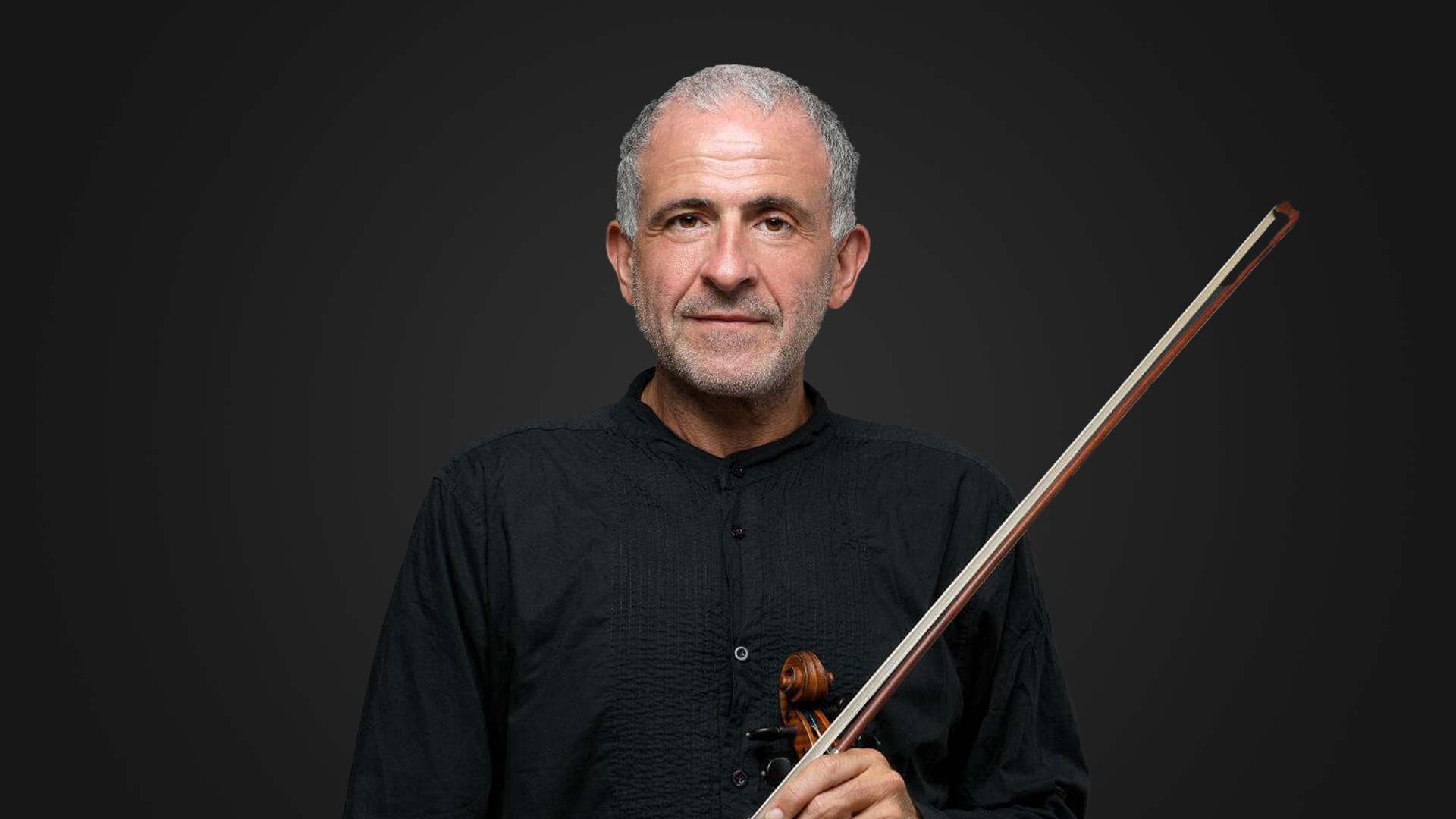ERMANNO WOLF-FERRARI
Serenade
WOLFGANG AMADEUS MOZART
Concert for violin and orchestra in D major K. 218
NINO ROTA
Concert for strings
Conductor and soloist
Domenico Nordio
Opera Carlo Felice Genova Orchestra
The programme of Serenate per archi opens with Wolf- Ferrari’s Serenata, one of his most performed pages, dating back to 1893, when the composer was still a student. Among the symphonic works of his youth, the Serenata – in four movements: Allegro, Andante, Scherzo-Presto and Finale-Presto – is the most extensive. Wolf-Ferrari maintains a lively and articulate writing style, relying on a firm formal balance that finds its main models in the German classical-romantic tradition. Instead, it is on the expressive level that tendencies emerge that are more oriented towards a more fully 19th-century style, harking in some ways back to certain works by Mendelssohn and Dvořák.
This is followed by the Violin Concerto in D major K. 218, which Mozart composed in 1775. It was precisely in that year that the composer realised all five violin concertos in his catalogue, although it is still unclear what the circumstances were for this specific dedication in such a defined time frame. In all five concertos, adherence to the Italian three-movement model is perceived, with particular reference to Pietro Nardini and Giuseppe Tartini. A fundamental aspect common to this Mozart production is the use of the violin always in dialogue with the orchestra, a dialogue in which the virtuosity of the soloist is never an end in itself. In Concerto K. 218, the melodic invention fully enhances the sonority of the violin, which is explored in its many facets. The opening Allegro presents a singular variety of thematic ideas and alternating play between solo and tutti. After the orchestral introduction of the Andante cantabile, the lyrical lyricism of the violin takes centre stage, leading to the brilliant final Rondo, which features themes taken from folk dances.
In closing, Nino Rota’s Concerto for Strings, composed between 1964 and 1965 and subsequently revised in 1977. In keeping with the composer’s style, the Concerto, consisting of a Prelude, a Scherzo, an Aria and a Finale, brings together various influences ranging from the eighteenth-nineteenth-century repertoire to the popular, rhythmic and formal developments of the twentieth century. An important element is Rota’s talent for melodic writing, always faithful to the tonal system even in stark contrast to the contemporary avant-garde. Each of the movements of the Concerto has an intense and defined expressive character, an almost descriptive nature that has much to do with Rota’s experience in composing musical theatre works and especially the most famous film scores of directors such as Fellini, Visconti, Clément and De Filippo.
Ludovica Gelpi
